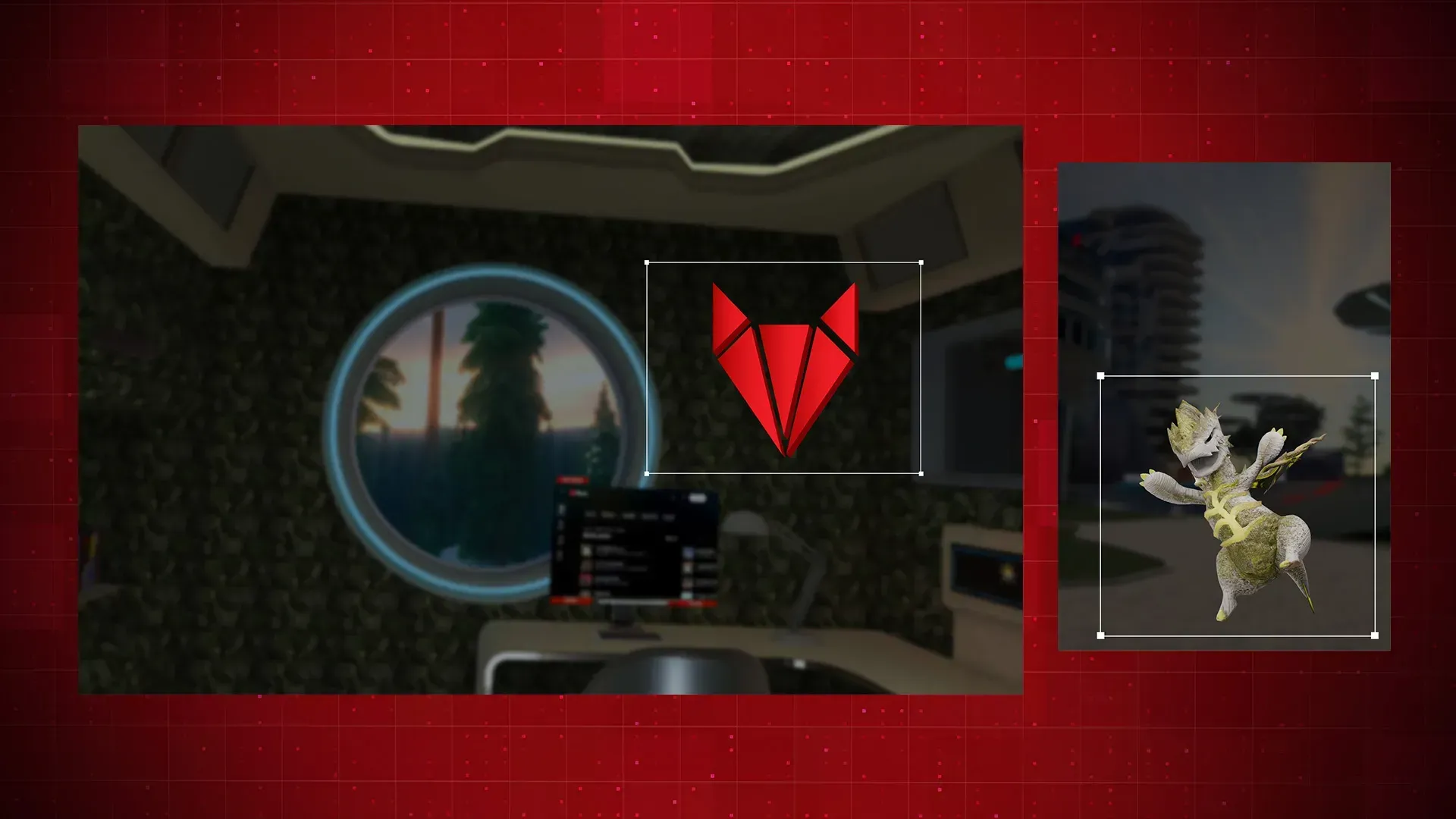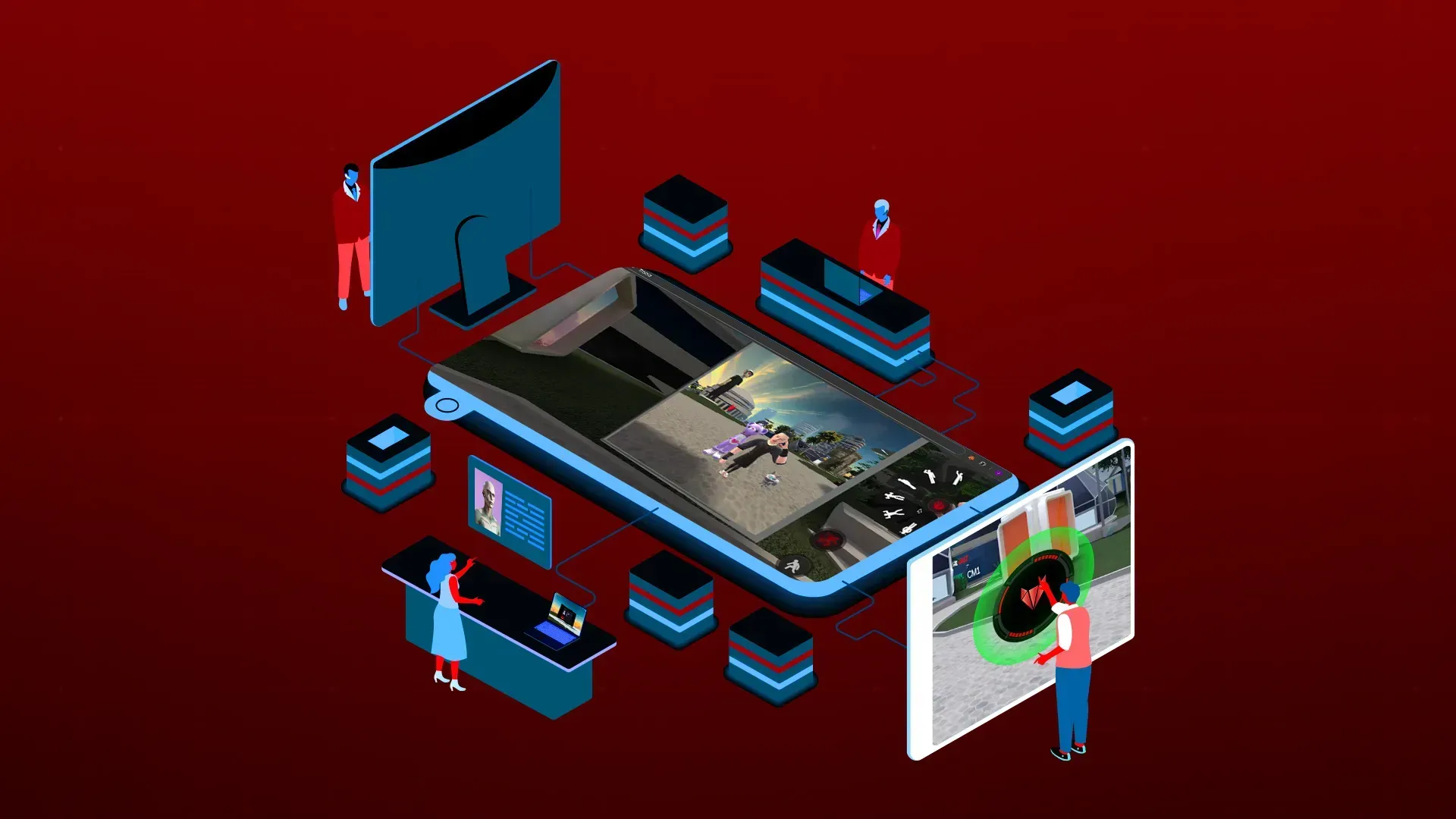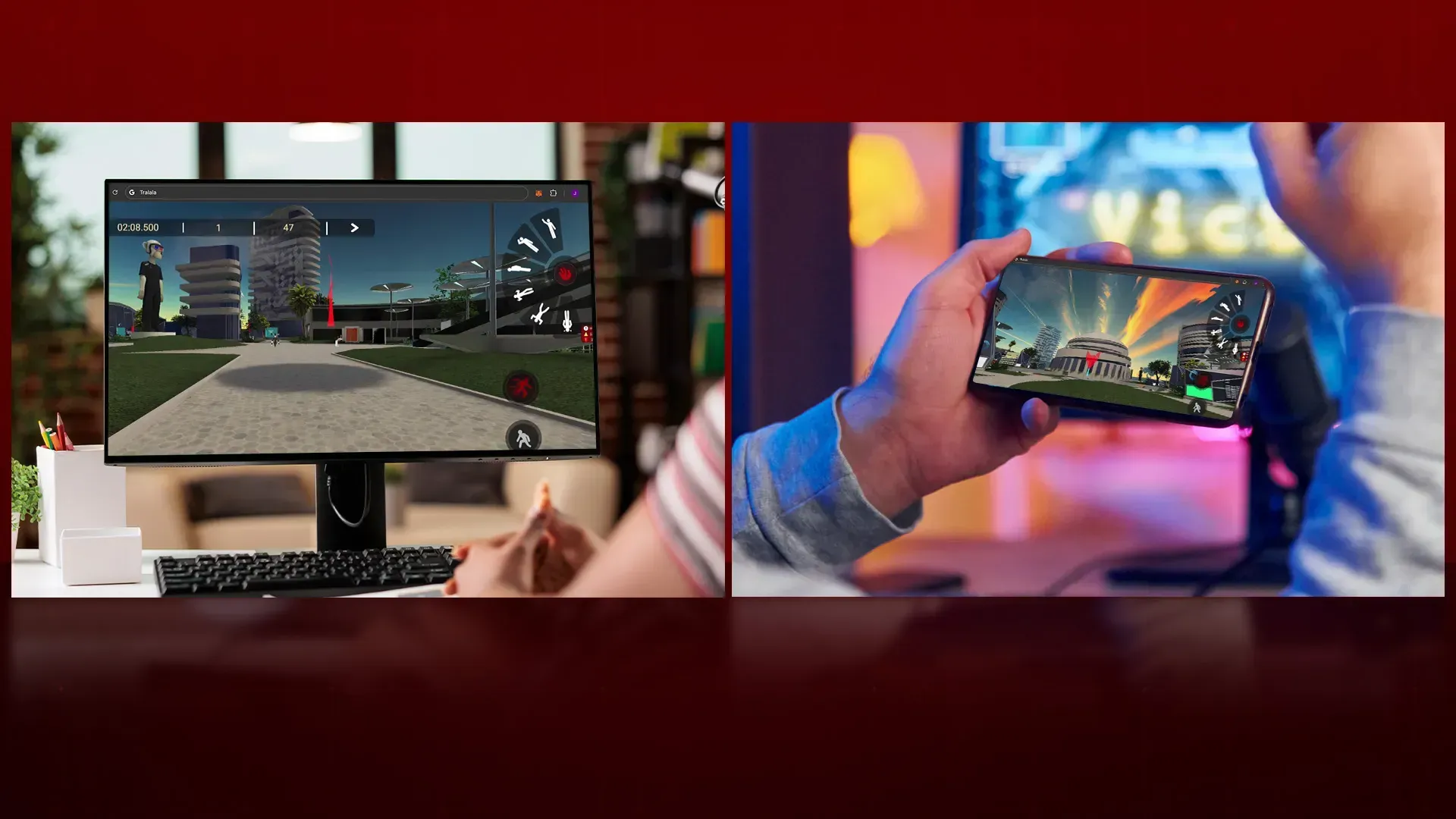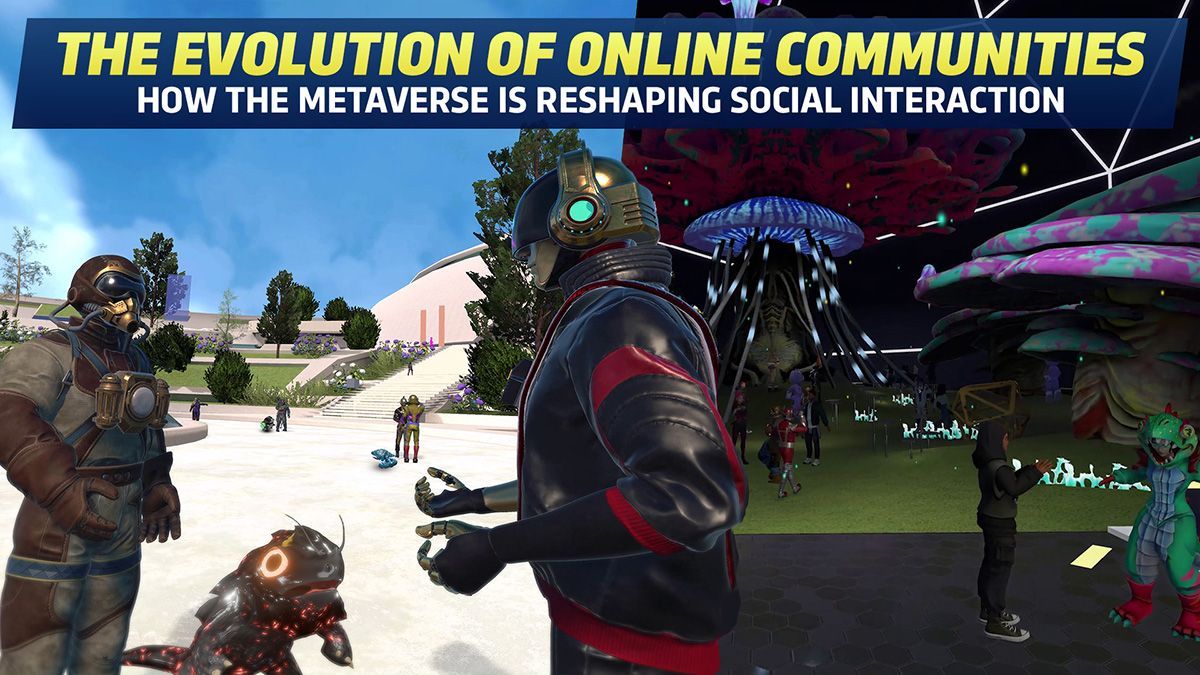Phil Cahiwat
Metaverse Partnerships Manager

Author:

Phil Cahiwat
Metaverse Partnerships Manager
WebXR is making waves in the tech world, poised to change how developers and consumers interact with digital content. By integrating virtual and augmented reality directly into web browsers, WebXR offers a seamless way for users to experience immersive environments without needing special equipment or software. In this post, we will explore what WebXR is and why it is significant for both developers and users.

WebXR is a set of standards and APIs that allow developers to create immersive experiences that work across various devices using a web browser. It expands on its predecessor, WebVR, by including augmented reality (AR). This means users can interact with both real-world and digital elements simultaneously, enhancing their overall experience.

A key advantage of WebXR is its platform agnosticism. Developers can work from a single codebase, avoiding the need to maintain separate versions for Android, iOS, and Meta Quest. This streamlining simplifies the development process, allowing developers to focus on innovation instead of managing multiple platforms. Users benefit from a consistent experience across devices, making it easier to engage with immersive content.
WebXR allows developers to use their existing web development skills—such as HTML, CSS, and JavaScript—to create immersive experiences. This reduces the learning curve associated with traditional VR and AR development, enabling developers to quickly bring their ideas to life.
Creating VR and AR experiences typically requires substantial investment in both hardware and software. WebXR significantly lowers these costs, making it more feasible for independent developers and smaller teams to participate. Additionally, one of the standout benefits is the freedom from distribution platforms like Google Play, App Store and Steam. Developers often face hefty fees and revenue-sharing agreements when distributing their applications through these platforms—an obstacle that can deter many from pursuing their innovative ideas. With WebXR, developers can host their content directly on the web without these financial burdens, allowing them to keep more of their earnings and maintain greater control over their creations.
The reduced barriers to entry encourage experimentation among developers. With WebXR, a broader range of creators can explore new ideas and concepts without significant financial risk. This influx of creativity can lead to exciting advancements in immersive experiences.

For consumers, WebXR simplifies the process of accessing immersive content. There’s no need for complicated installations or expensive equipment. Users can access virtual or augmented experiences from any device with a web browser.
WebXR offers the flexibility to engage with experiences across various devices seamlessly. Users can congregate in the same experience, be it from a VR/AR capable headset, desktop or mobile device. This versatility enhances user satisfaction and convenience.
WebXR provides a level of interactivity that traditional web content cannot match. Users can explore virtual spaces, interact with digital objects, and even collaborate with others in shared environments. This heightened engagement results in a more meaningful experience for consumers.
As more users become familiar with WebXR experiences, it is likely to gain mainstream acceptance. This growing familiarity will lead to increased demand for immersive content and technologies, further encouraging developers to create engaging experiences.
WebXR represents a significant advancement in how we interact with digital content. By making immersive experiences accessible and easy to develop, it benefits both developers and consumers alike. As this technology continues to evolve, we can expect a transformation in the landscape of immersive experiences, allowing everyone to take part in the exciting possibilities that lie ahead.
